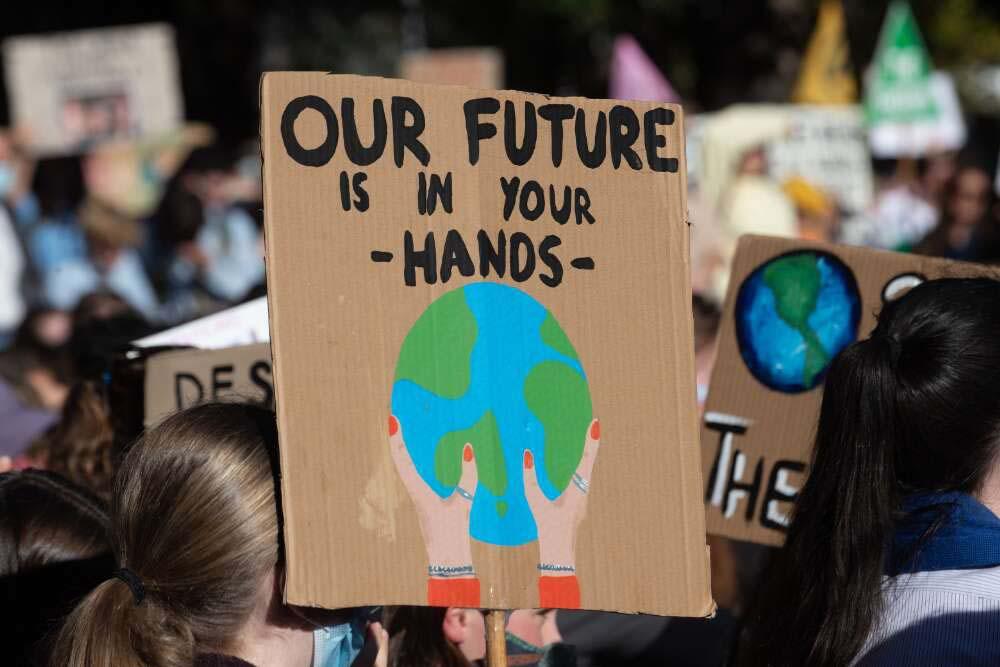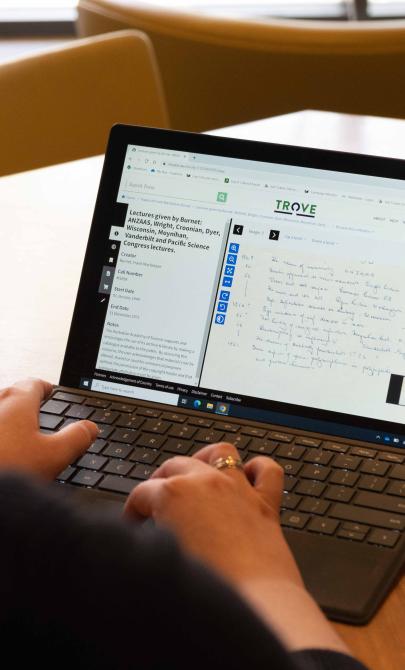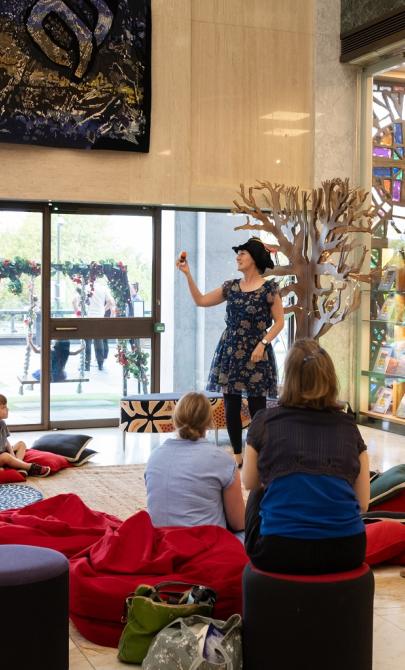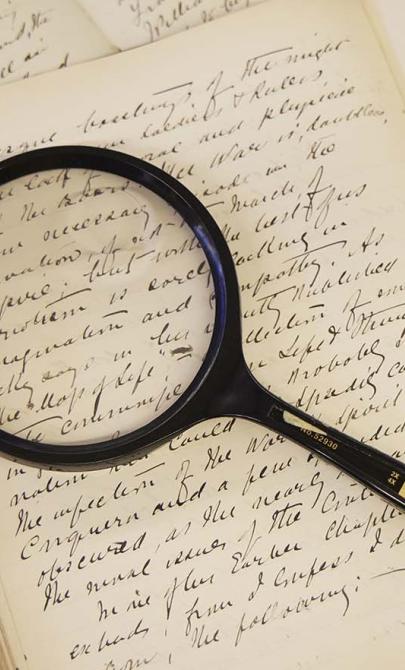Media literacy skills matter
Democratic participation
Being informed helps people take part in democracy. Voters who understand the issues can make decisions that reflect their values and priorities.
Knowing how and where to find information about a political candidate or party helps voters align their concerns with the policies that matter to them. For first-time voters, understanding campaign promises and political language can be confusing. Media and information literacy can help people evaluate these messages and make sense of the information presented.
Literacy skills also help people understand their rights and responsibilities as voters. Being able to find accurate information ensures every vote counts and helps prevent confusion about the voting process.

Sandy Scheltema, Australian Electoral Commission officer standing next to a 'How to Vote in a Federal Election' poster outside the polling place in Glenlyon Hall, during the Australian federal election, Glenlyon, Victoria, 21 May 2022, nla.gov.au/nla.obj-3108998796
Sandy Scheltema, Australian Electoral Commission officer standing next to a 'How to Vote in a Federal Election' poster outside the polling place in Glenlyon Hall, during the Australian federal election, Glenlyon, Victoria, 21 May 2022, nla.gov.au/nla.obj-3108998796
The importance of media literacy in a democratic society (with Michelle Ciulla Lipkin)
Media Literacy Basics Bias & Agenda - Media Literacy And Democracy
Challenging injustice
In a democratic country, people have the right to protest and speak out against injustice. But to challenge issues effectively, we need to base our views on facts, evidence and reliable sources.
When people take to the streets to protest, they often express strong views—sometimes with powerful slogans or imagery. But with so much information and misinformation circulating, it’s important to understand the reasons behind the message.
Media and information literacy skills can help people look beyond the surface and ask critical questions. What’s the message? Who created it? What evidence supports it?

Leigh Henningham, Protester holding a placard that reads, Our Future is in Your Hands, during the School Strike 4 Climate rally, Melbourne, 21 May 2021, nla.gov.au/nla.obj-2956718607
Leigh Henningham, Protester holding a placard that reads, Our Future is in Your Hands, during the School Strike 4 Climate rally, Melbourne, 21 May 2021, nla.gov.au/nla.obj-2956718607
Understanding of self
Media has long presented idealised images of people—from stylised portraits and sculptures to airbrushed magazine covers and filtered selfies.
These images are often designed to sell products or promote people and ideas. For young people, especially those figuring out their identity, these messages can create pressure to live up to unrealistic standards. This can lead to feelings of shame, self-doubt and exclusion.
Digital and media literacy skills help people question what they see, identify how images are created or manipulated, and recognise the difference between real life and carefully curated content.

NEW MOVIE STAR Combination Of Bacall, Bankhead, Pix, 1938, nla.gov.au/nla.obj-481954320
NEW MOVIE STAR Combination Of Bacall, Bankhead, Pix, 1938, nla.gov.au/nla.obj-481954320



